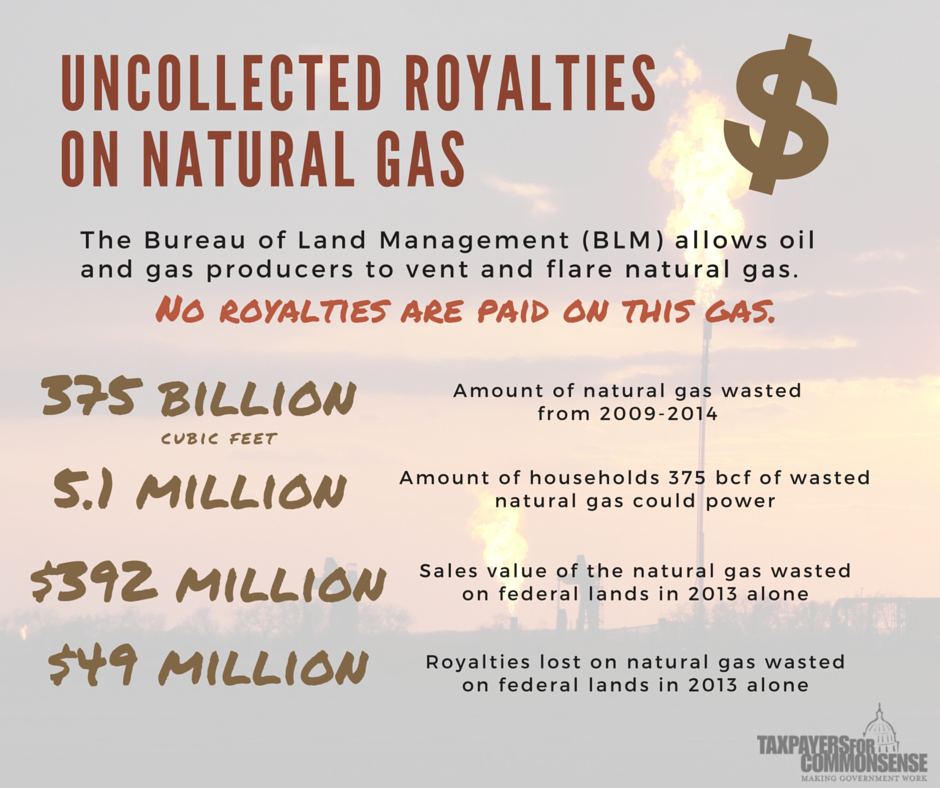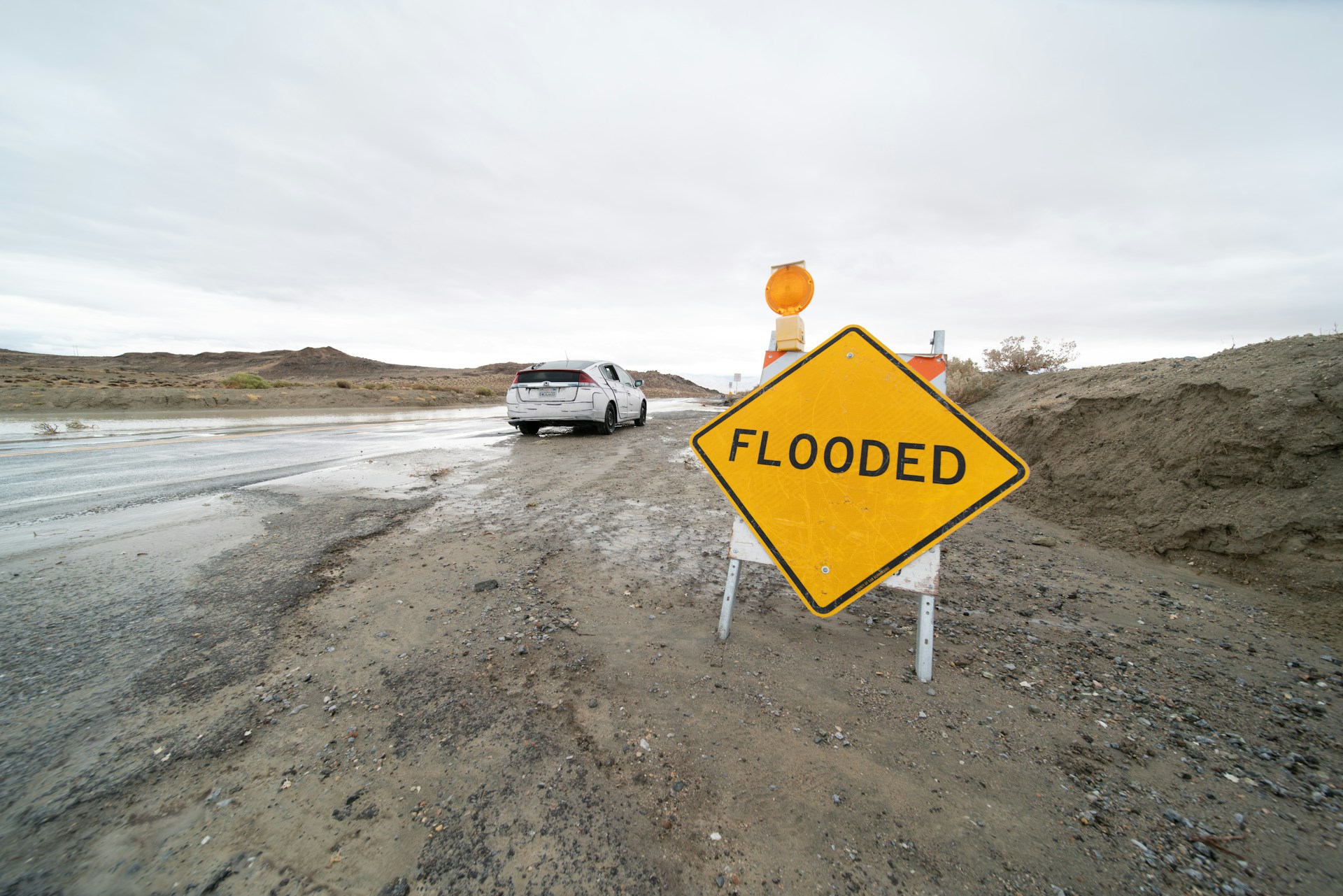Last week, while we at TCS were bracing for two feet of snow, the Department of the Interior quietly released a 300 page proposal to reform some of the most wasteful oil and gas practices on public land.
You might remember a few weeks ago we noted that the same federal agency was undertaking a comprehensive review of the coal leasing program. In fact, over the past few months the Department of the Interior, which is charged with managing most federal land, has announced a series of reforms related to the development of resources on federal lands and waters that could help bring some of these programs into the 21st century. We hope.
The latest proposal deals with drilling for oil and gas on land (not to be confused with separate rules for drilling offshore in the Gulf or other coastal waters). In 2014, more than 100,000 federal onshore  oil and gas wells produced 204.6 million barrels of oil and 2 trillion cubic feet of natural gas, worth in excess of $27.2 billion. Unfortunately, because of the breakneck pace of development on these lands – thanks to innovations like hydraulic fracturing or fracking – drilling companies wasted enough gas between 2009 and 2014 to power about 5.1 million households for a year. This is just a best guess from the feds, since the Wild, Wild West has been a kind of free-for-all when it has come to drilling on federal lands and little has been tracked and released to the public.
oil and gas wells produced 204.6 million barrels of oil and 2 trillion cubic feet of natural gas, worth in excess of $27.2 billion. Unfortunately, because of the breakneck pace of development on these lands – thanks to innovations like hydraulic fracturing or fracking – drilling companies wasted enough gas between 2009 and 2014 to power about 5.1 million households for a year. This is just a best guess from the feds, since the Wild, Wild West has been a kind of free-for-all when it has come to drilling on federal lands and little has been tracked and released to the public.
The proposed update to rules governing lost gas adopt some positive measures already put in place by state regulators in Colorado and North Dakota, where drilling is concentrated, and would apply them to all federal lands. For example, under Interior’s proposed rule, operators on public lands would be required to establish a gas leak detection program and would prohibit drillers from intentionally releasing natural gas into the air. Importantly, it would also require gas companies to better document the amounts of gas they are intentionally burning off, something that isn’t being done now.
One of the best ways to ensure the public is receiving a fair return for the development of any public assets is transparency and an open public process. TCS did a report in 2014 calling out Interior for not making data on wasted natural gas available to the public on its website. We also criticized the way in which it collects the data – self-reporting by the industry. Whether it’s gas, oil, coal, timber, whatever, unless there is a credible system in place to collect and report data about what is happening, it is difficult for the public to believe we are getting the best deal.
As it turns out, Interior estimates that if captured, the gas presently lost from federal leases would provide an additional $49 million in royalties each year. It would also benefit the companies because they could now sell it instead of just releasing it into the air. And all of this is because the federal system hadn’t been updated since the early 1980’s. And this is just one part of one development program that applies to oil and gas. There are many other examples, such as the federal coal program, that suffer from the same problems of outdated processes, shrouded in secrecy. Not only does this contribute to a general mistrust of the federal government, it prevents the public from actively engaging in the process in ways that would ultimately strengthen it. (Not to mention the fact that we are the owners of these resources.)
Now that we’ve dug out from the blizzard it’s time to dig into the details of this latest proposal and make sure Interior takes the bold steps needed to update its outdated practices. Though the Administration has taken some moves in the right direction, we hope it is not too little too late. It is essential that information is provided to the public so the market can work and taxpayers can be assured a fair return for the resources we own.










